伊勢神宮を守る山・朝熊ヶ岳の歴史に触れよう!ルート&周辺スポットを解説
朝熊と書いて“あさま” と呼ぶ、伊勢市と鳥羽市にまたがってそびえる朝熊ヶ岳(あさまがたけ)は、伊勢神宮にとって重要な山であるのをご存じでしょうか。 今回は朝熊ヶ岳の歴史やこの山に登るルート、周辺のおすすめスポットなどを紹介していきたいと思います。
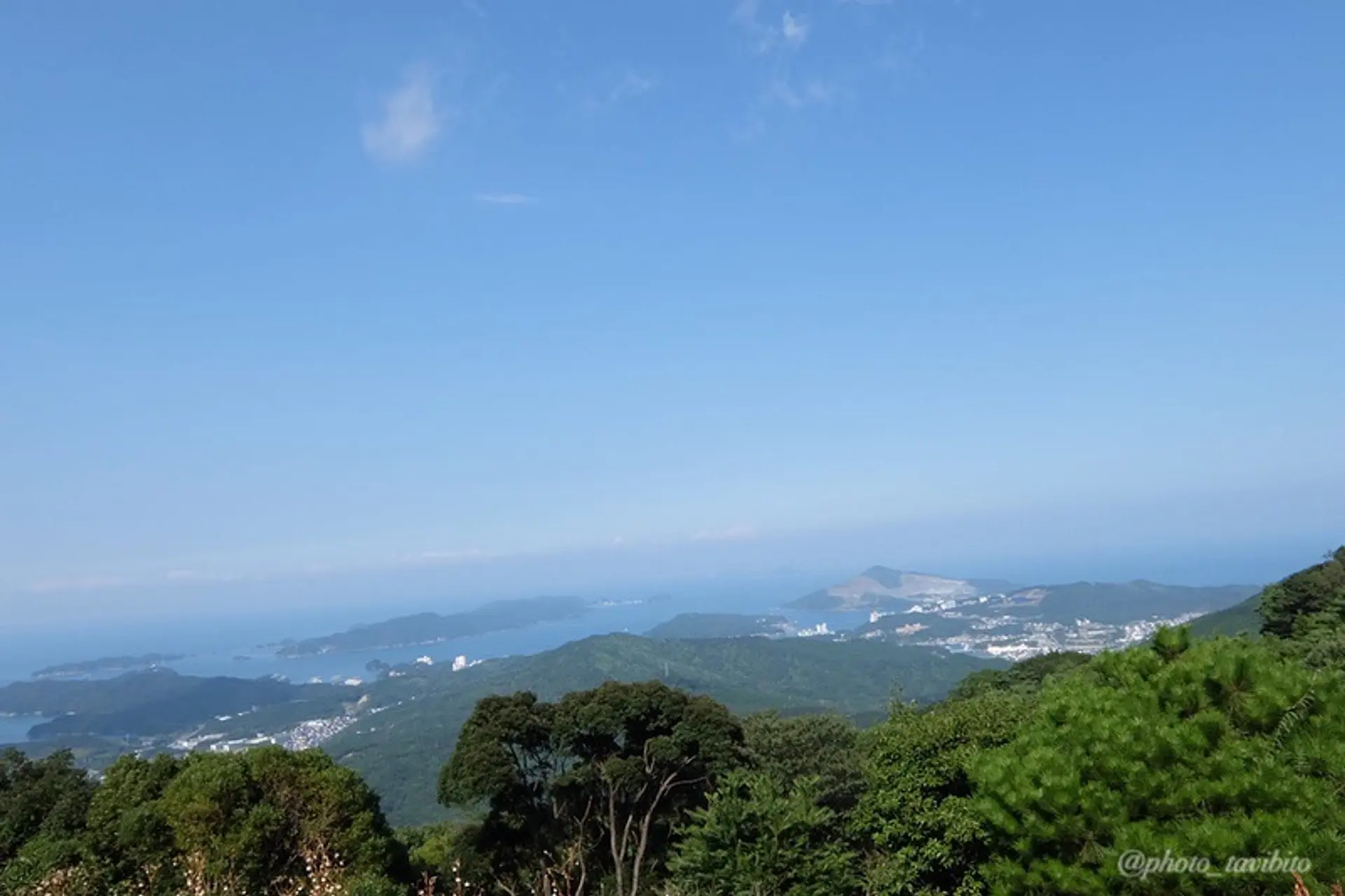
記事制作 / みえ旅登山部 TAKA
- 【登山するにあたって注意しておきたいこと】
- 登山は自然を相手にするので、不確定な要素、予期せぬ事態が起こる可能性が十分あります。準備をしっかりと、余裕を持った計画をして楽しみましょう。
〜目次〜
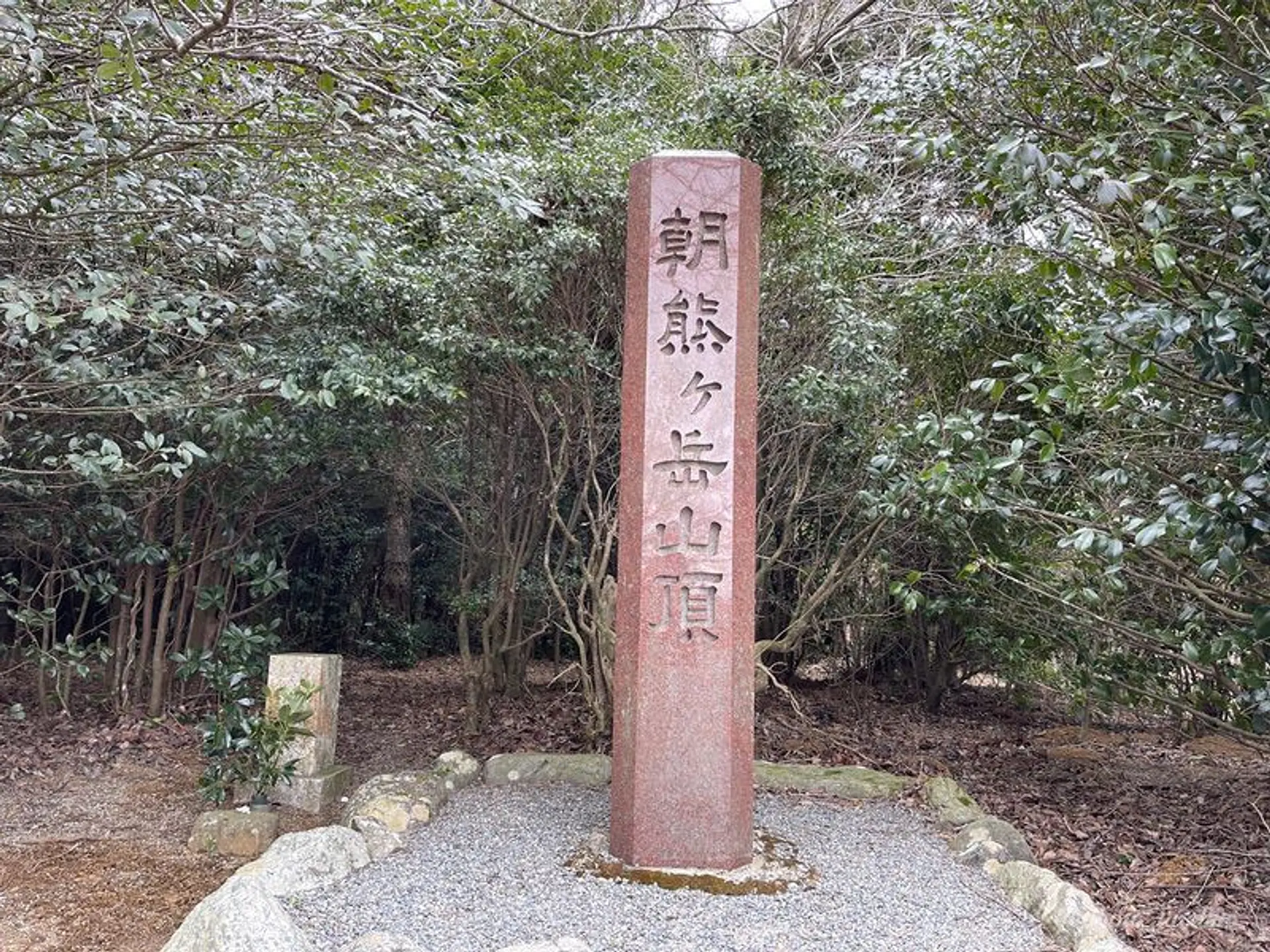
朝熊ヶ岳という山について
朝熊ヶ岳の標高は555m。
この山は北峰(555m)と南峰(約540m)の他にいくつかの峰が合わさった山であるという特徴があります。
ちなみに『朝熊山(あさまやま)』とも呼ばれますが、正式な名称としては『朝熊ヶ岳』となっていますので、これを機にぜひ覚えちゃいましょう♪
それ以外の特徴として、このあと紹介する以下の二つを知っていると、ちょっと自慢できる(!?)かもしれませんよ^ ^
①全国に34ヶ所しかない国立公園の一つ(2023年2月現在)

この辺りは伊勢志摩国立公園という、国(環境大臣)が指定した公園であり、
朝熊ヶ岳から見る景色は『日本百景』という、歴史と景観に優れた場所としても認定されています。
ここには車でも来られる場所なので、登山をしない人でもこの景色を楽しむことができてお得です♪
②伊勢神宮の鬼門を守る
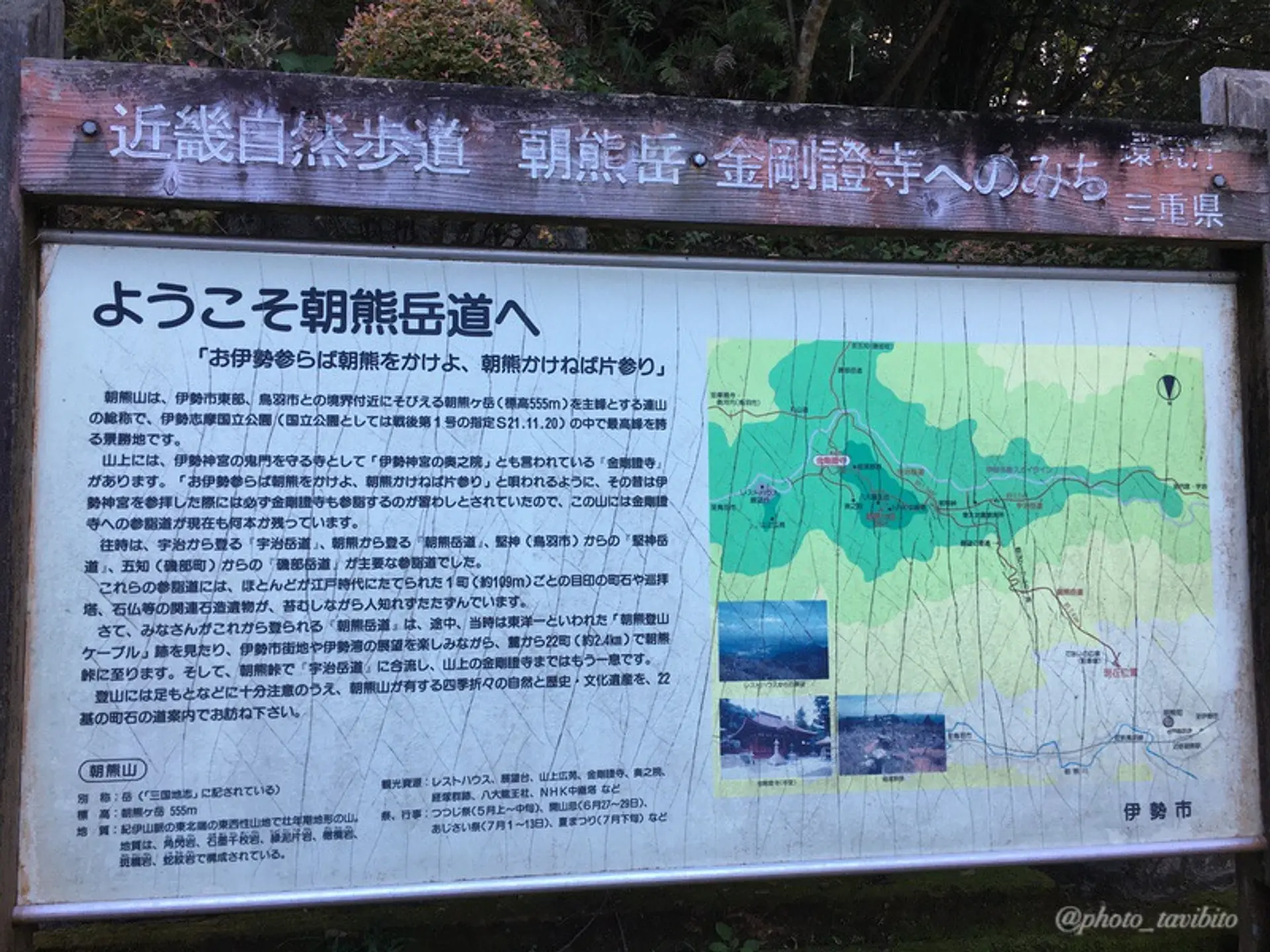
825(天長2)年に空海が朝熊ヶ岳の南峰に真言宗のお寺として金剛證寺(こんごうしょうじ)を建立。
その後伊勢信仰と結びついたことで、このような言葉が伊勢音頭の一節として現在に伝えられています。
「伊勢へ参らば朝熊をかけよ。朝熊かけねば片参り」
簡単に説明すると、“伊勢神宮へ行くのであれば朝熊へも登りなさい。朝熊に登る(≒金剛證寺に参拝する)ことで伊勢神宮の全部を回ったことになるでしょう” といった意味ではないかと思われます。
TAKA なぜ、朝熊も登るべきと言われていたかというと・・・
朝熊ヶ岳山頂付近に建てられた金剛證寺が「伊勢神宮の鬼門(北東)を守る寺」として『伊勢神宮の奥の院』といわれているからなんだそうですよ^ ^
いろいろ調べてみると、興味深いことがわかって楽しいですね♪
次は、朝熊ヶ岳についての豆知識を二つ紹介していきます。
朝熊ヶ岳の豆知識

【豆知識1・お伊勢参りには手順があるらしい!?】
伊勢神宮の参拝方法として「外宮から内宮へ」というのが現在でもよく知られている手順だと思いますが、昔の人はその手順が少し異なっていたようです。
手順としては
- 二見浦で禊(みそぎ)をする
- 外宮へ参拝
- 内宮へ参拝
- 朝熊ヶ岳の金剛證寺へ参拝
というように、二見浦、そして朝熊ヶ岳へも参拝するのが昔の習わしとされていたようですね。
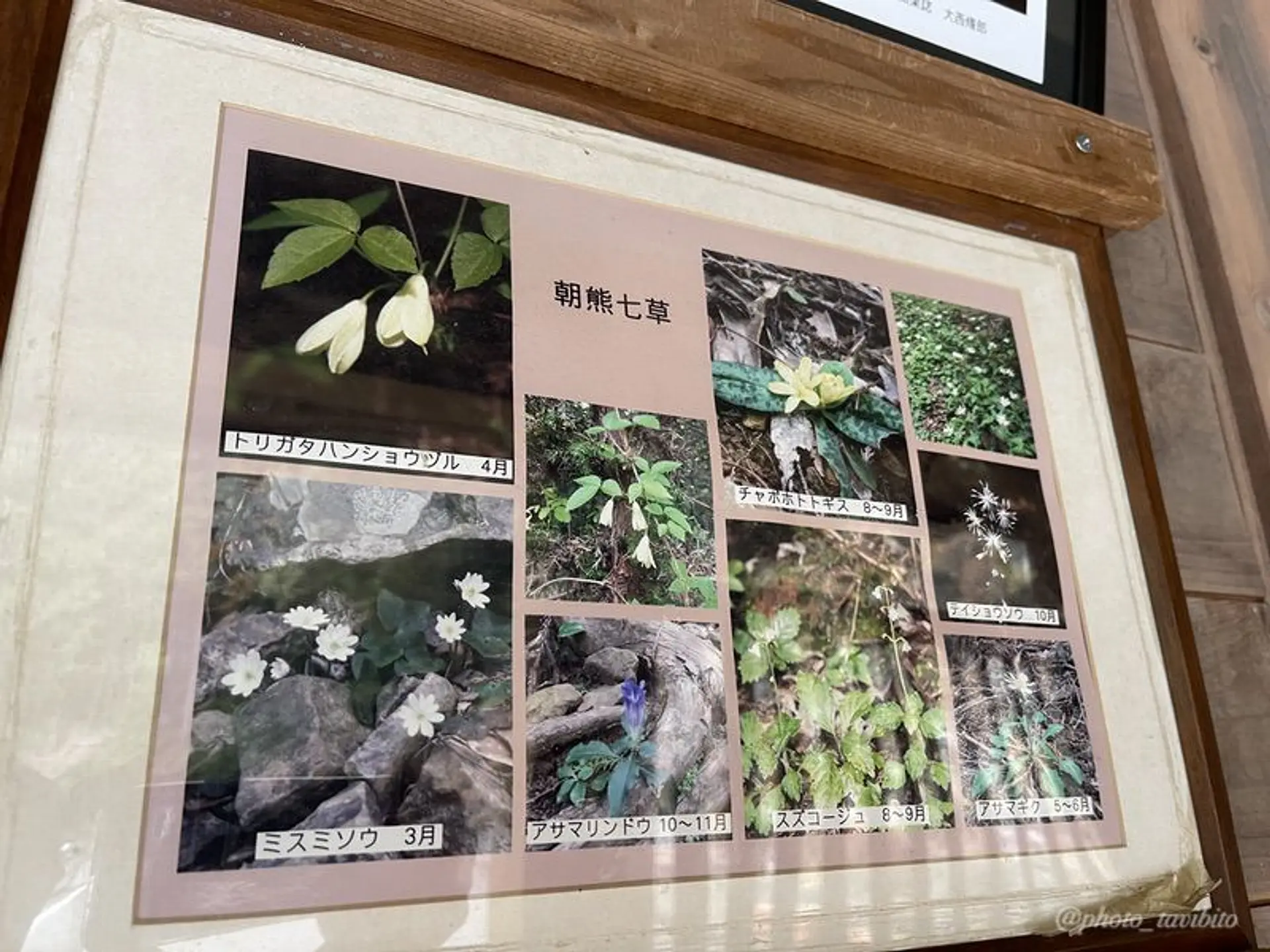
【豆知識2・朝熊七草がある!?】
三重県の植物誌著者、伊藤武夫氏が1932(昭和7)年『朝熊七草』で朝熊山七草を発表したのが始まりで、昔は全ての植物が朝熊ヶ岳に生育していたようなんですが、現在はその一部が残っているようです。
朝熊ヶ岳に登る際は朝熊七草を探してみるのも楽しいかもしれませんね^ ^
[朝熊七草]
①アサマギク ②テイショウソウ ③スズコウジュ ④アサマリンドウ ⑤トリガタハンショウヅル ⑥ミスミソウ ⑦チャボホトトギス
よかったら探してみてください。
朝熊ヶ岳登山口へのアクセスについて
伊勢二見鳥羽ライン・朝熊インターチェンジを降りて、10分ほど走れば朝熊ヶ岳登山口がある駐車場に着きます。
駐車場には20台ほど停められるスペースとトイレもあります。
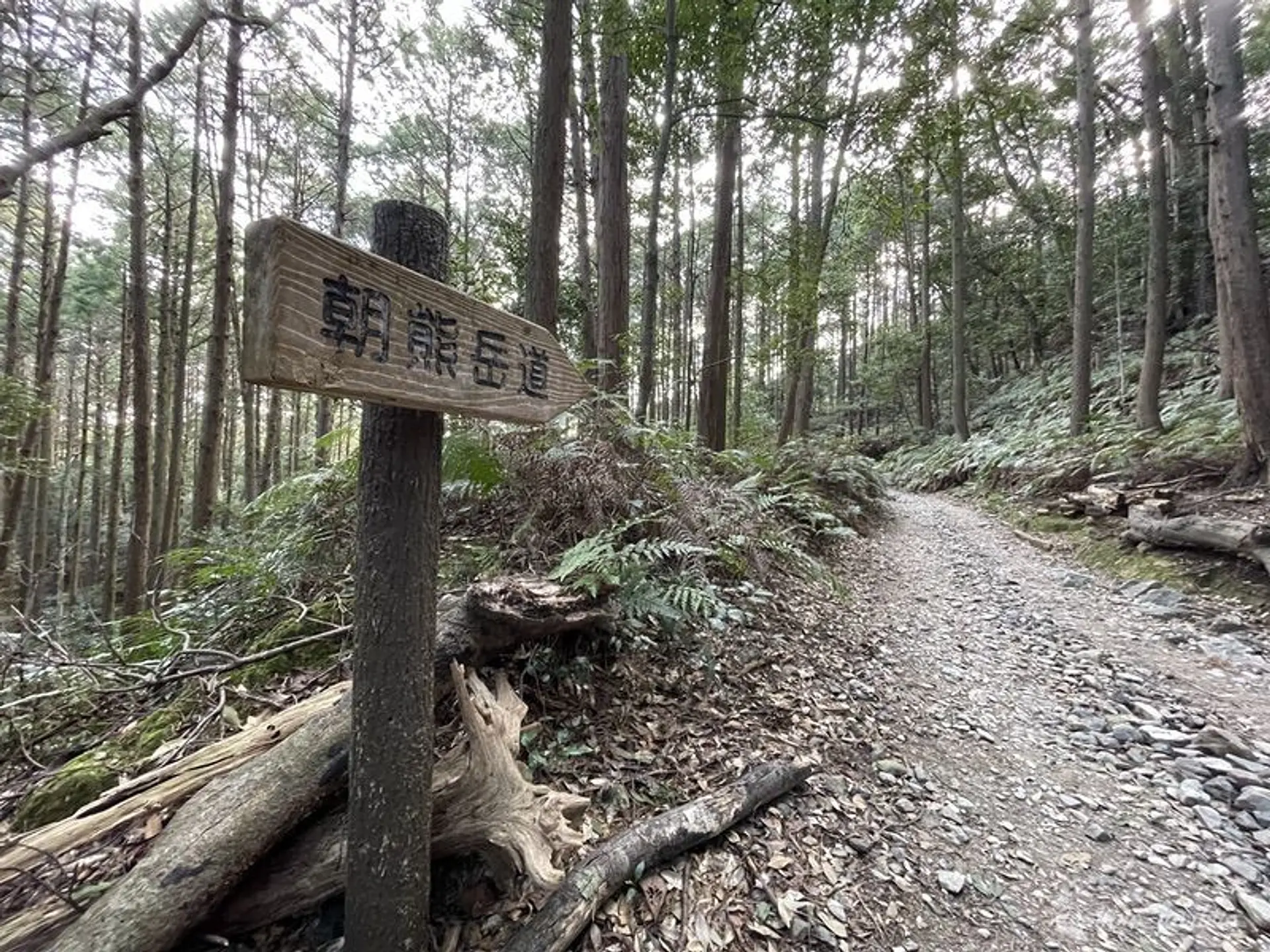
登山ルートを解説。立ち寄りスポットも!
今回は初心者の方でも登りやすい『朝熊岳道』というルートを実際に登りながら解説していきますね。
補足として、タイトルには“登山”という言葉を使いましたが、なんか、“登山!”と聞くと身構えてしまうこと、ありませんか?(笑)
朝熊ヶ岳は“登山!”というよりも、どちらかというと“お山歩(さんぽ)”に近い感覚で歩ける山なので、ぜひ「山登りの経験があまりないよ〜」という方に登ってほしいと思っています^ ^
さて、話を戻しますね。
朝熊ヶ岳の基本情報として
- 約2時間ほどで登ることができる
- 登山口付近には約40台ほど駐車できるスペースがある(トイレもある)
- 近鉄朝熊駅から登山口まで歩いて行ける(約10分ほど)
といった感じになっています。
それではスタートしていきましょう^ ^

【1】町石を目印に
朝熊岳道には写真のように、頂上までの目印として“町石(ちょういし)”と呼ばれる、石の標識が置かれています。
町石には数字が刻まれていて、朝熊岳道には1〜22までの町石が置かれています。
TAKA 町石どうしの距離は約109mです。
参考までに
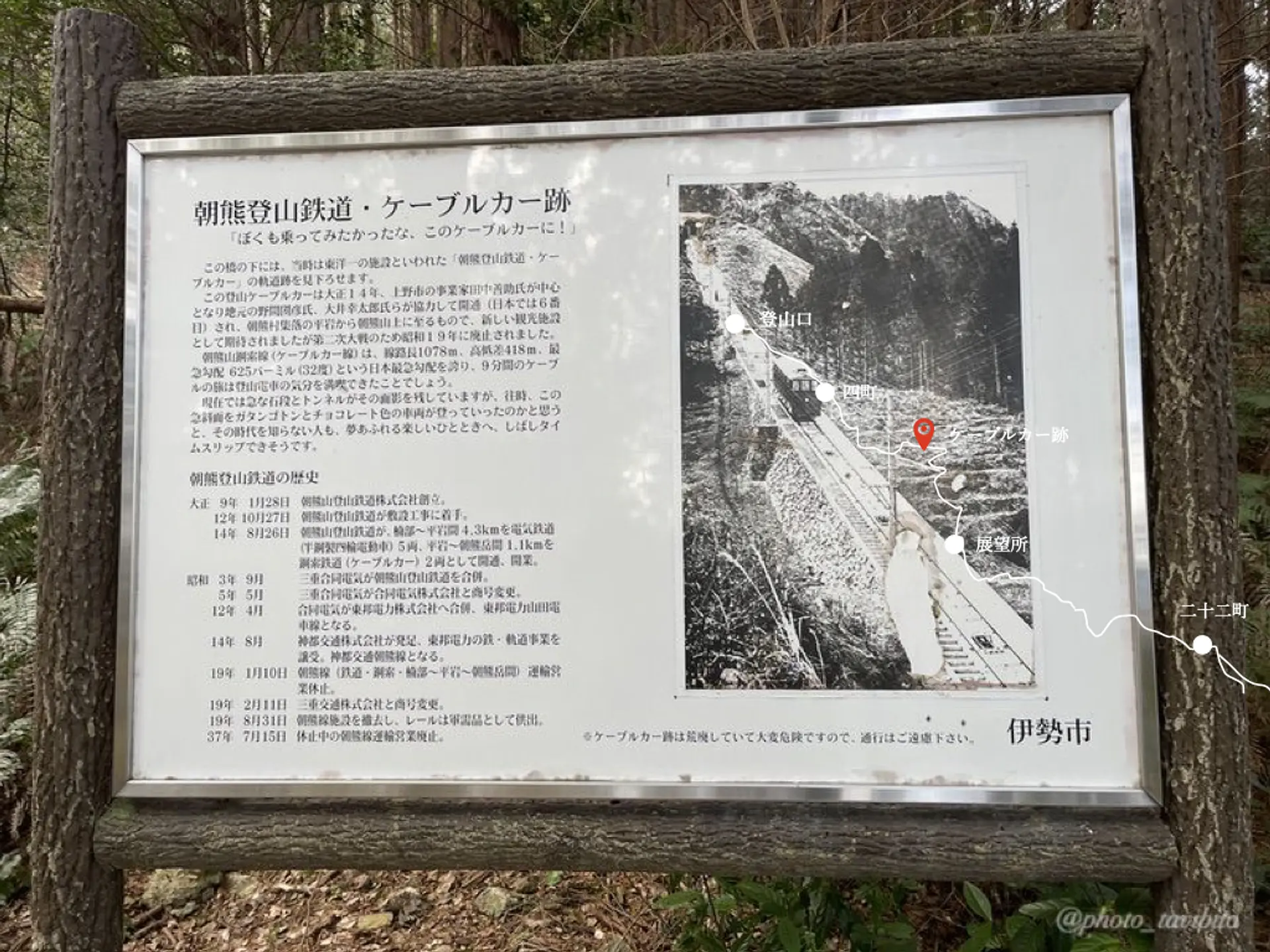
【2】10町付近にケーブルカーの跡がある
朝熊岳道を歩いていると、ふと写真つきの看板が目に飛び込んできます。
かつて神宮参拝の後に金剛證寺を目指した人々の足として、1925(大正14)年から1944(昭和19)年まで使われていたケーブルカーの廃線跡がこの辺りにはあり、歴史を感じることができます。
ぜひ一度確認してみてくださいね。
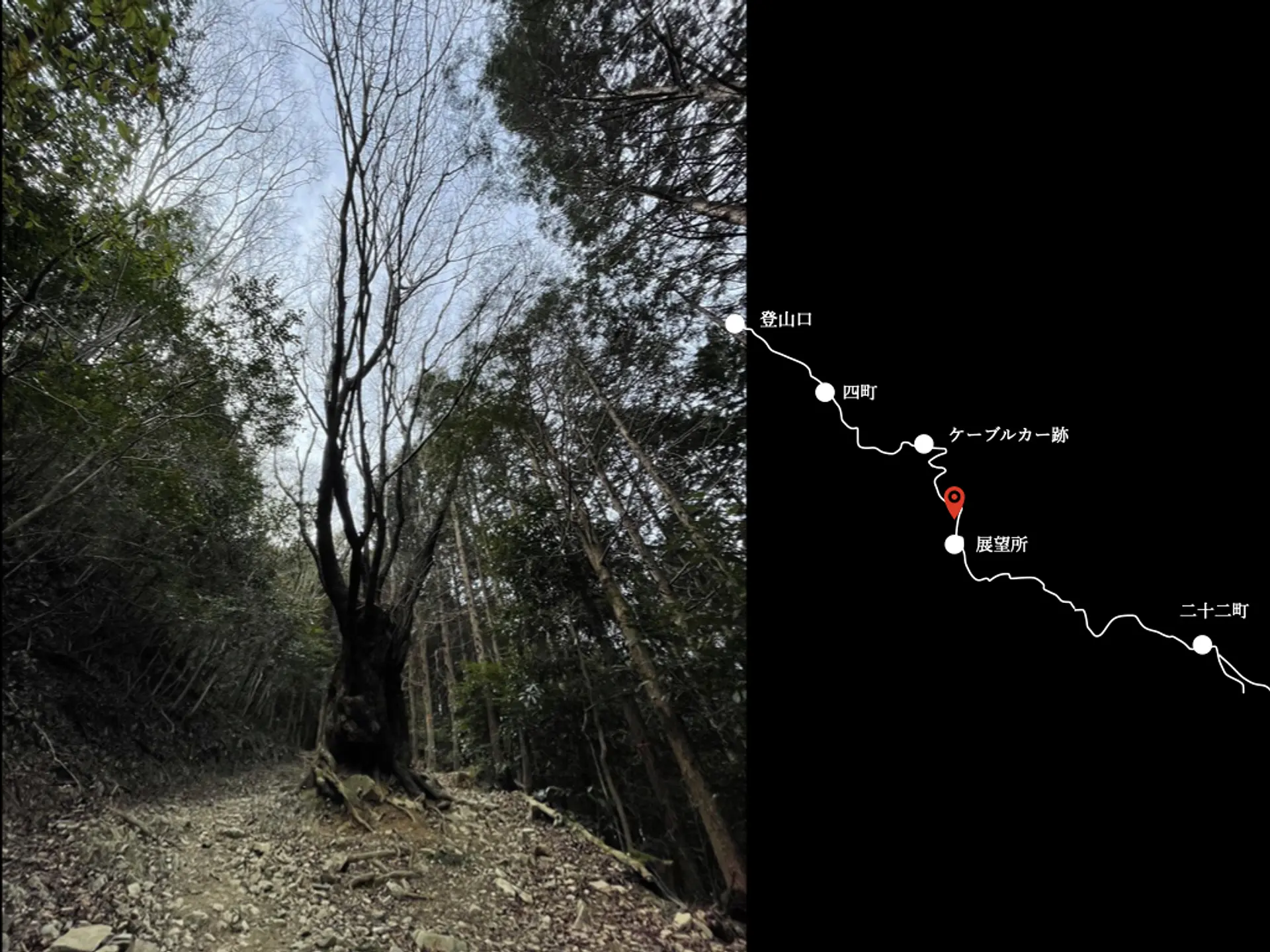
【3】突如あらわれる、山桜の木
朝熊岳道を歩くこと15町のあたりに、道の真ん中に堂々と立っている山桜の木が現れます。
なんとも言えない、神秘的な雰囲気が漂っていますね^ ^

【4】経典が納められたとされる朝熊山経塚群
“経塚”とは、仏教の経典を写し、それを経筒に入れて土中に納めた遺跡のことを言います。
朝熊ヶ岳にある経塚から発見された出土品は保存状態がよく、伊勢神宮の神官が写したとされる経典も見つかるなど貴重な資料が多数見つかっているそうですよ。
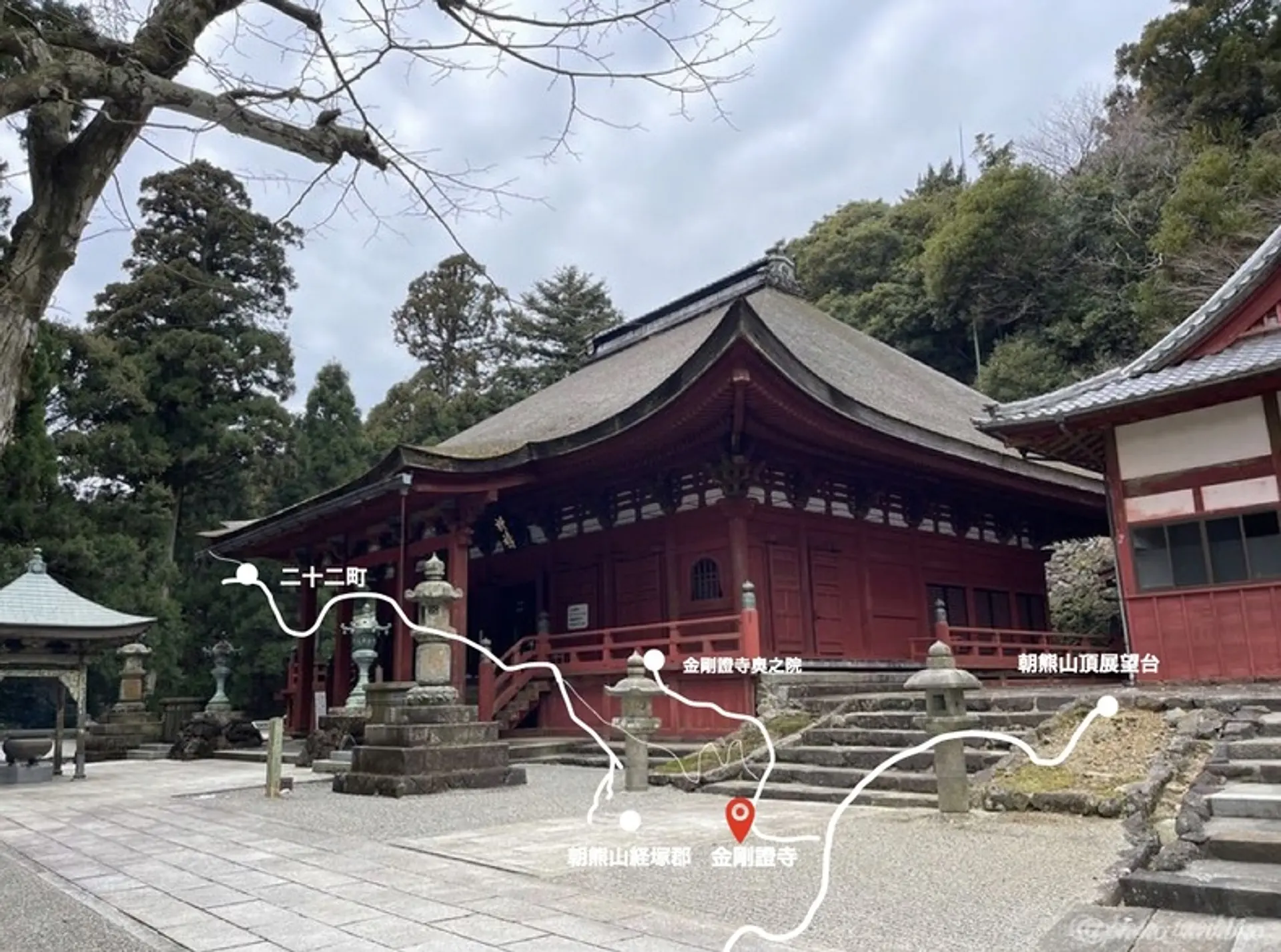
【5】金剛證寺(こんごうしょうじ)
伊勢神宮の鬼門を守る寺、神宮の奥の院とも云われているのがこの金剛證寺。
歴史も古く、その当時の面影を残す建造物を一目見てみてはいかがでしょうか。
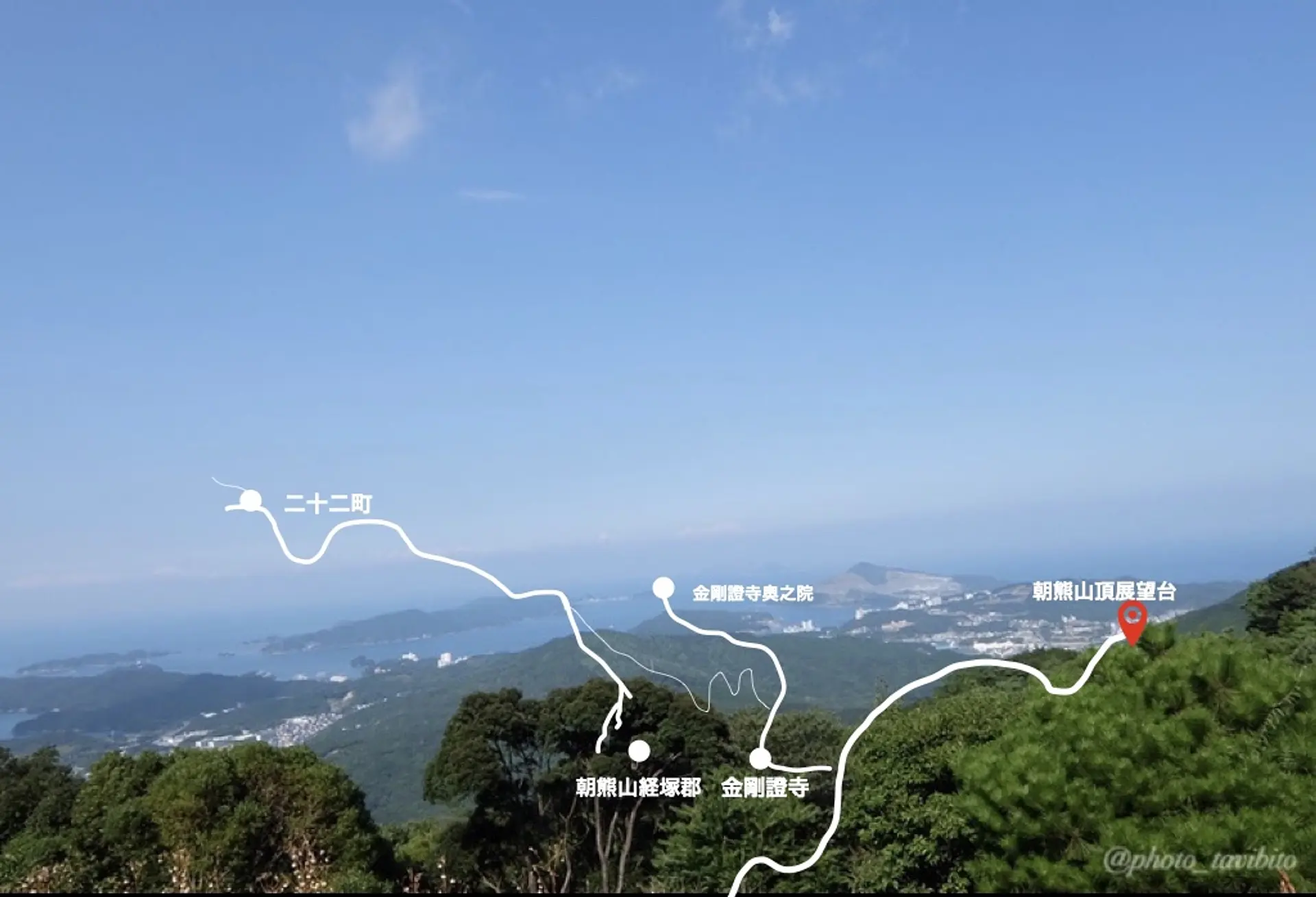
【6】山頂の見晴らし台
伊勢志摩国立公園が一望できる見晴らし台は、頑張って歩いてきた人へのご褒美!
展望台からは、伊勢市、鳥羽市を一望でき、運が良ければ富士山を見ることができますよ。
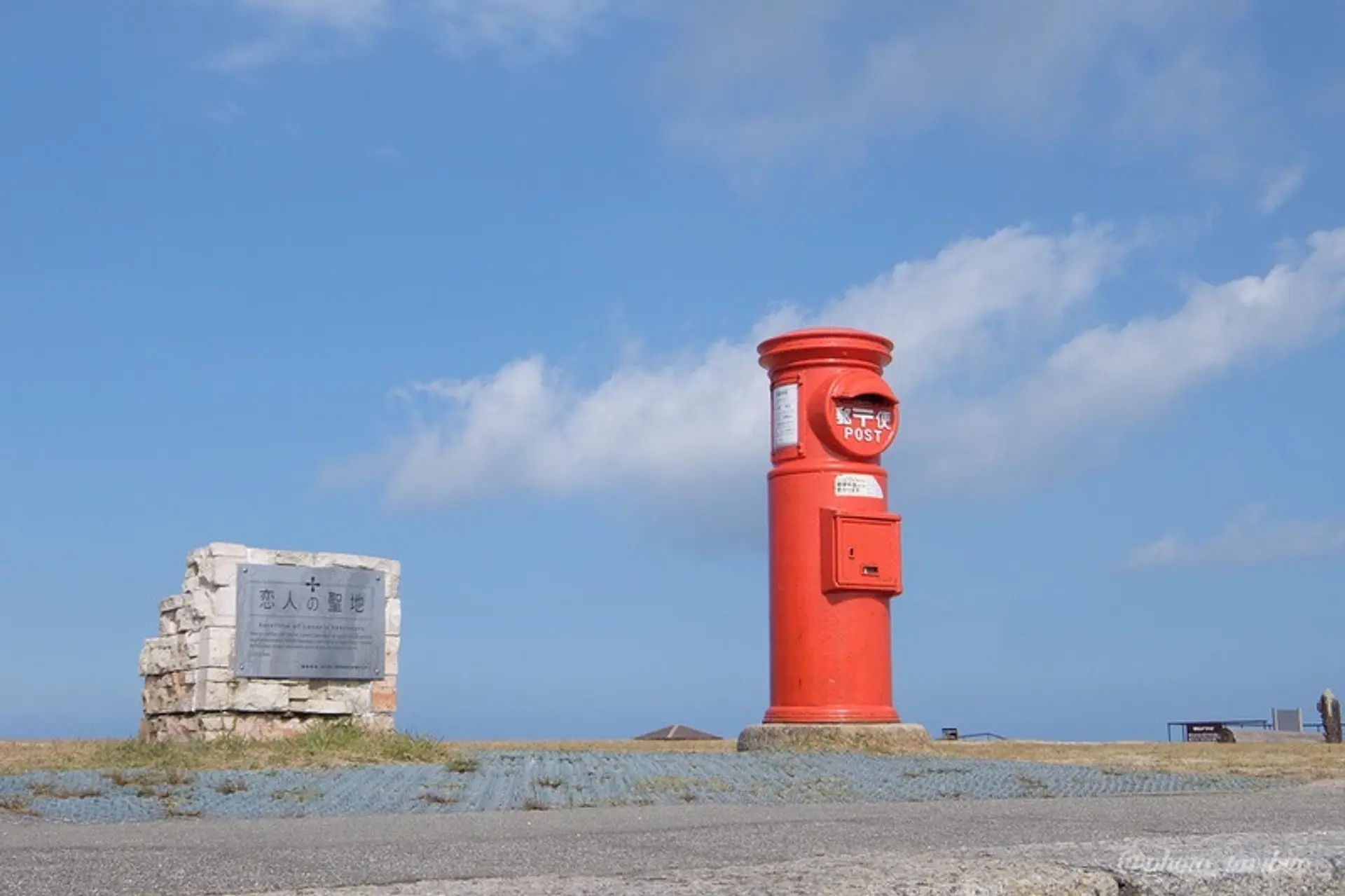
【7】映える!天空のポスト
同じく山頂の見晴らし台にある、どこか懐かしい見た目のポスト…
これは間違いなく“映え”スポットですよね^ ^
実際にポストとして使われているので、もちろん郵便物の集荷もあります。
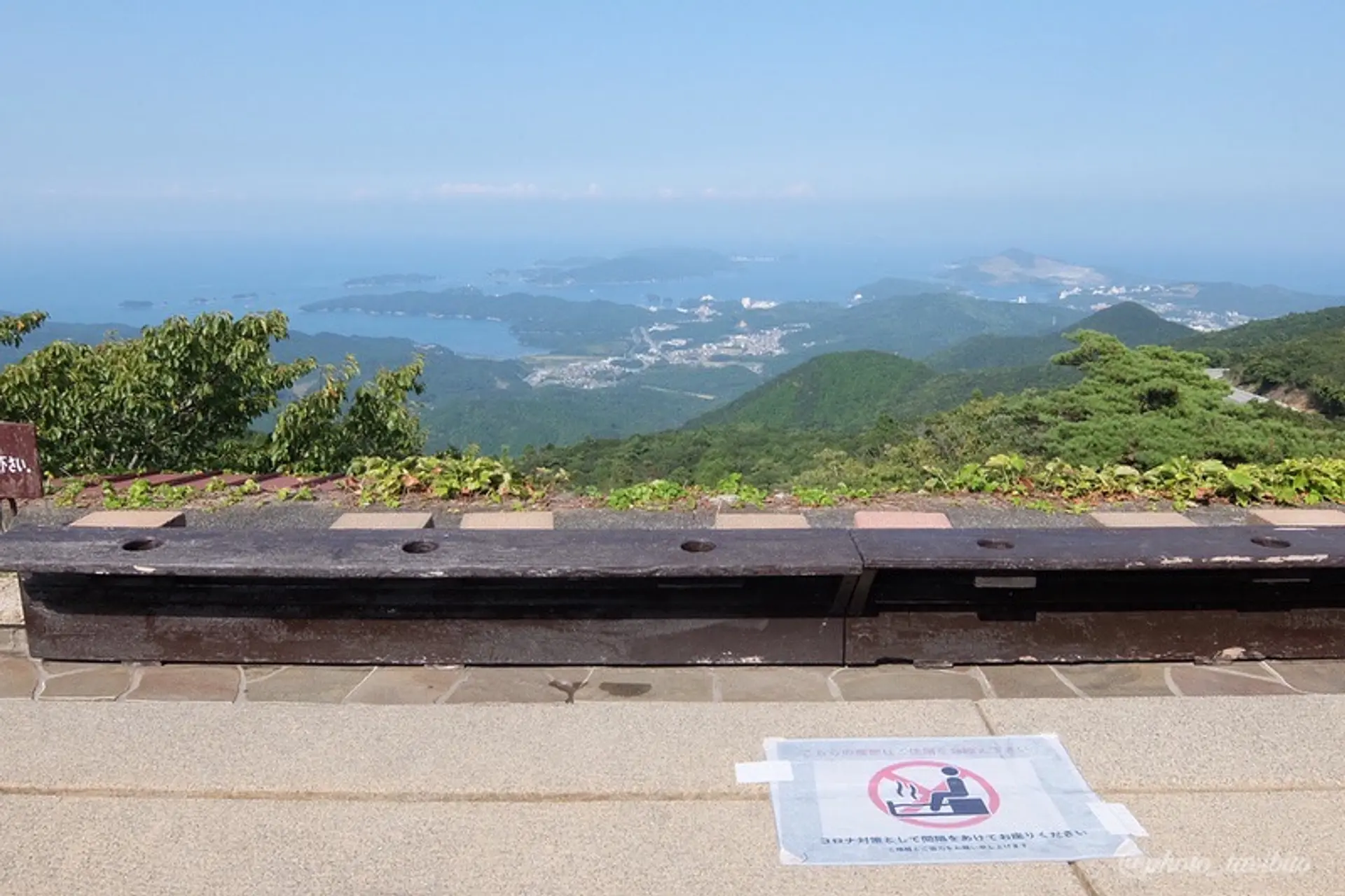
【8】山頂にある足湯でリラックス
登山で疲れた足を、この足湯でリラックスさせましょう♪
こちらの足湯も山頂の見晴らし台にあります。
足湯に浸かりながら伊勢志摩の眺望を楽しむ、この贅沢な時間はクセになるはずです^ ^
朝熊ヶ岳登山後に寄ってみたい、おすすめのスポットを紹介
朝熊ヶ岳登山の後に寄りたくなる、そんなスポットをここでは紹介したいと思います。

おかげ横丁とおはらい町
伊勢神宮内宮へと向かう道中にある、いろいろなお店が軒を連ねている町のことを言いますが、おかげ横丁とおはらい町、似ているようで違う町なのをご存じですか?
まず『おはらい町』は、宇治橋から五十鈴川沿いに続く約800mの石畳の通りのことをいい、『おかげ横丁』は、おはらい町のちょうど真ん中あたりにある「もう一つの町」になっています。
観光三重では、おかげ横丁とおはらい町のグルメやお土産について詳しく紹介していますので、ぜひ参考にしてもらえたらと思います。
おわりに
いかがでしたでしょうか^ ^
今回は伊勢市と鳥羽市にまたがる、『朝熊ヶ岳』を紹介しました。
実際に登ってみた朝熊ヶ岳は、急な登りが続くこともないため初心者の方にも登りやすい山でしたし、登山途中でふと見られる景色も”ここを歩いたからこそ見られる景色という特別感”があるのでおすすめです♪

ぜひ一度足を運んで見てもらえたらと思います^ ^
近くのスポット
近くのイベント
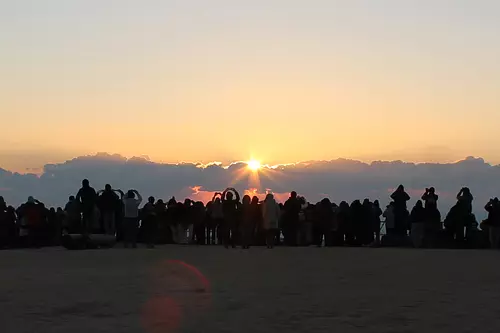
開催日:2024年12月31日(火)~2025年1月1日(水)
直線距離:5m
伊勢志摩スカイライン 年末年始営業時間を延長します!
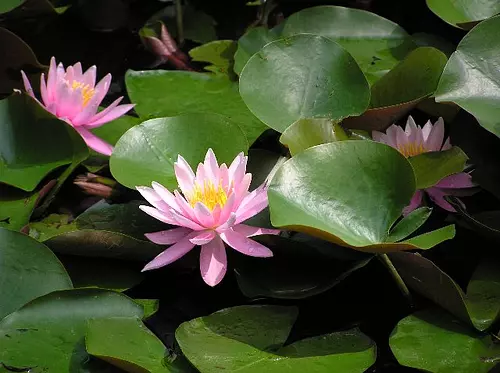
開催日:毎年6月下旬~8月下旬
直線距離:588m
金剛證寺のスイレン【花】
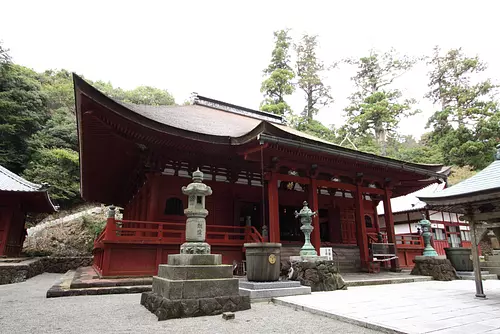
開催日:2026年06月27日(土)〜2026年06月29日(月)
直線距離:673m
【金剛證寺】 朝熊山開山忌
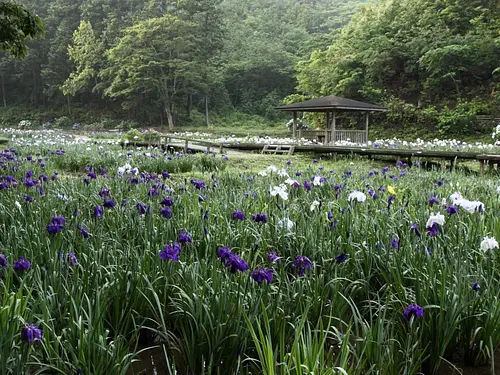
開催日:5月下旬~
直線距離:4.5km
二見しょうぶロマンの森の花しょうぶ【花】
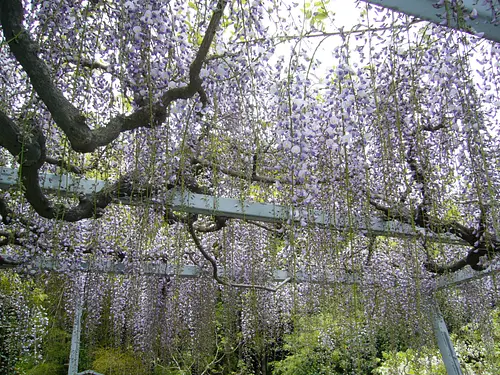
開催日:4月下旬~5月上旬
直線距離:5.0km
太江寺 竜神の藤【花】
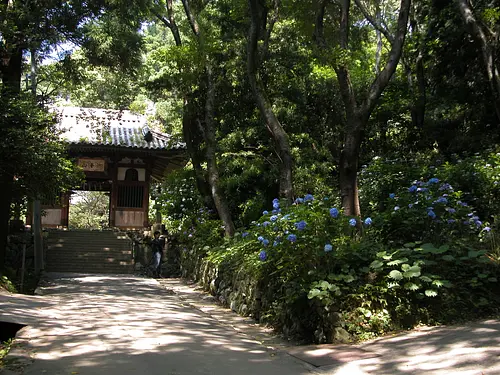
開催日:6月初旬~7月上旬
直線距離:5.0km
太江寺のアジサイ
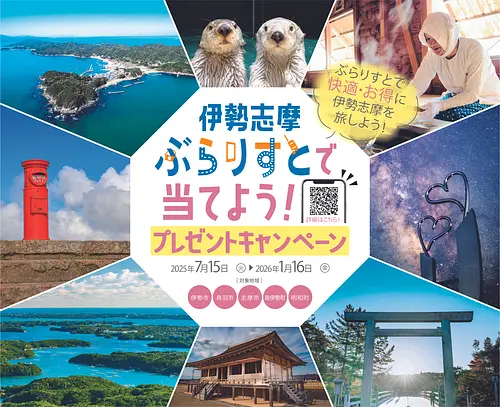
開催日:2025年7月15日(火)~2026年1月16日(金)
直線距離:5.4km
伊勢志摩ぶらりすとで当てよう!プレゼントキャンペーン
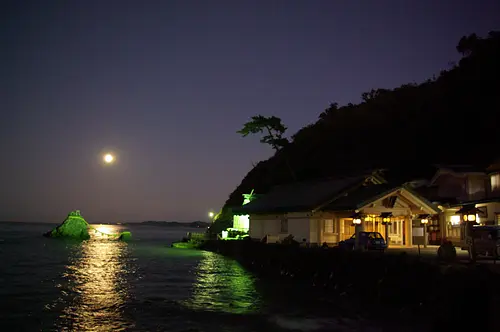
開催日:毎年10月から翌年1月の満月の頃
直線距離:5.5km
夫婦岩からの月の出
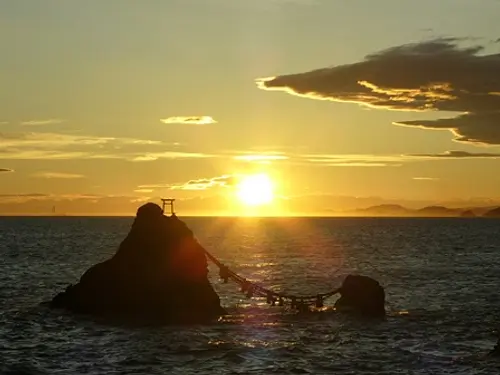
開催日:5月~7月
直線距離:5.5km
夫婦岩からの日の出
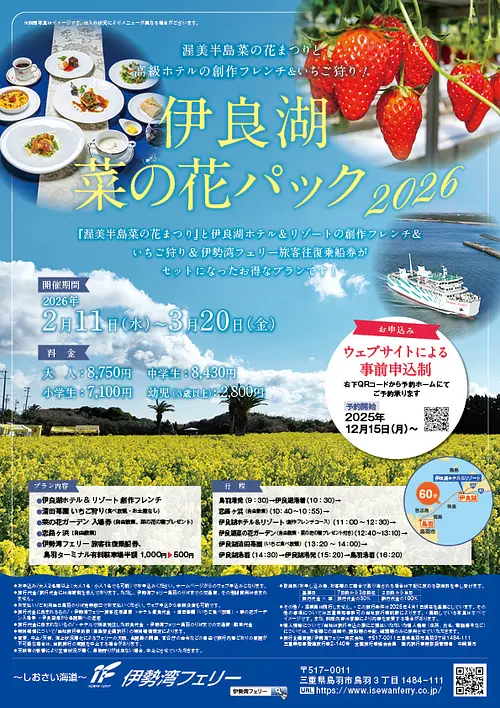
開催日:2026年2月11日~2026年3月20日
直線距離:5.5km
伊勢湾フェリーで行く伊良湖菜の花パック

開催日:2026年1月10日(土)〜2月20日(日)の土日
直線距離:5.5km
伊勢湾フェリーで行く伊良湖温泉ランチパック
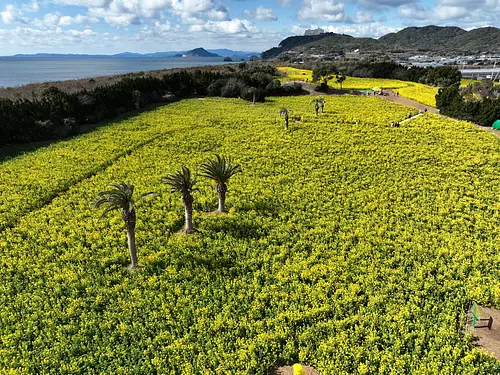
開催日:2026年2月1日~2026年3月22日
直線距離:5.5km
鳥羽発期間限定『菜の花きっぷ』発売!!
近くでできる遊び・体験
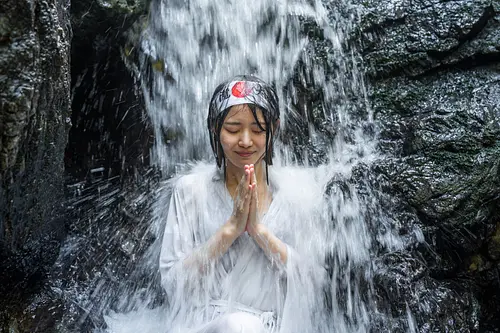
直線距離:4.1km
白瀧 滝行体験

直線距離:4.5km
リアルRPG 忍者大戦争 ~蛙と蛇と旅人と~
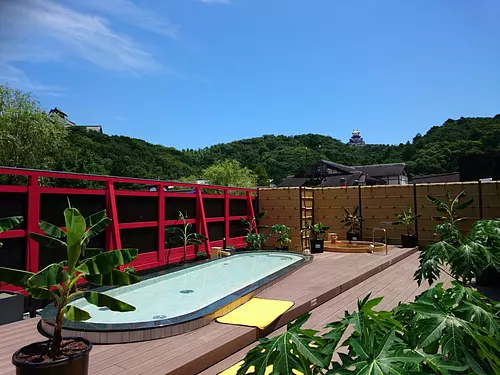
直線距離:4.6km
伊勢観光の疲れを癒す「安土城下の湯」
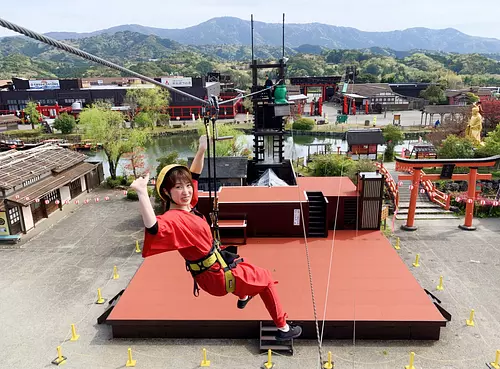
直線距離:4.6km
忍者 森のアドベンチャー 西日本最大!全長1,000m! 67のアトラクション
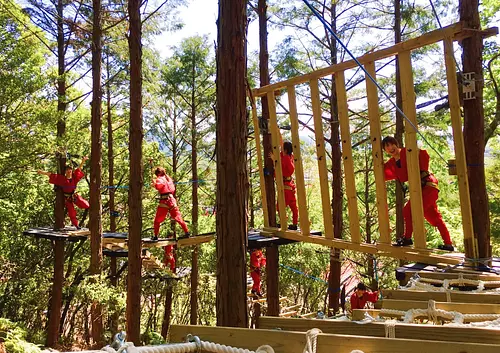
直線距離:4.6km
忍者衣裳に着替えて家族で挑戦「忍者森のアドベンチャー」
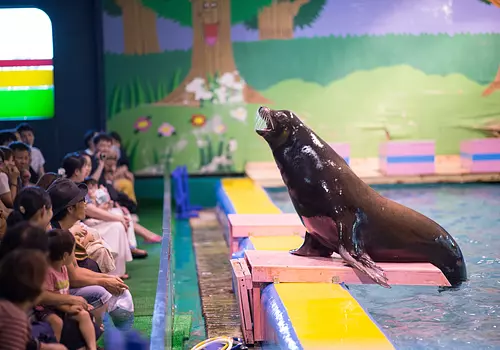
直線距離:5.3km
◆距離感ゼロの衝撃が笑顔に◆ 伊勢シーパラダイス公式事前購入チケット♪
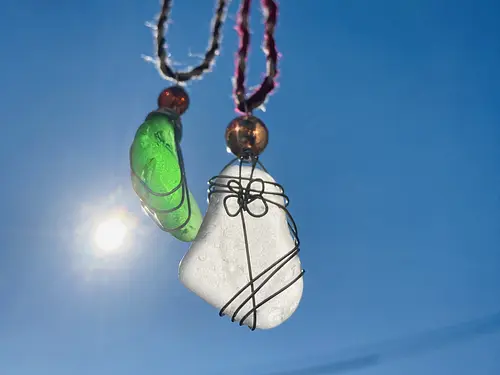
直線距離:5.5km
シーグラスを使ったクラフト体験(マグネット作り)
直線距離:5.5km
シーグラスを使ったクラフト体験(マグネット作り)
直線距離:5.5km
シーグラスを使ったクラフト体験(ジェルキャンドル作り)
直線距離:5.6km
無人島カヤックツアー
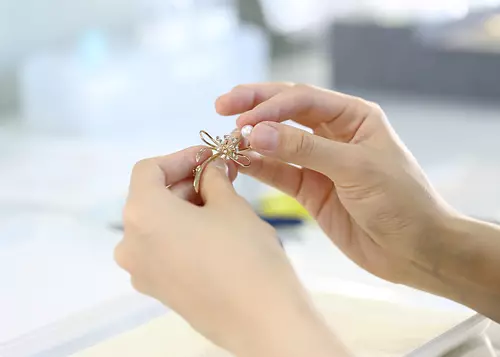
直線距離:6.0km
【世界に一つだけ】あこや真珠を使ったオリジナルアクセサリー作り
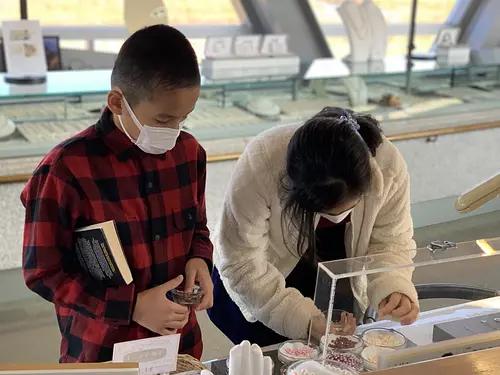
直線距離:6.0km
【世界に一つだけ】淡水真珠を使ったオリジナルアクセサリー作り
関連スポット
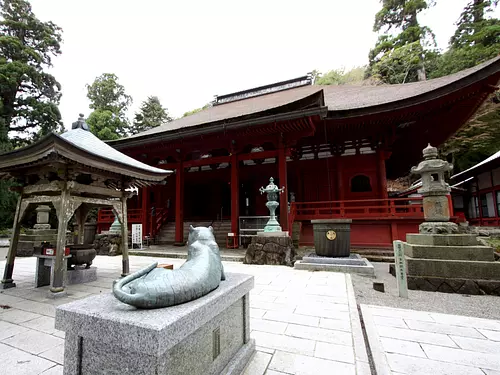
金剛證寺
伊勢志摩
伊勢市朝熊山の山頂にある空海ゆかりの古刹で、伊勢神宮の鬼門を守る寺としても有名です。金剛證寺の創建は欽明時代の御代(6世紀後半)、暁台上人によって開かれたと伝えられています。 天長二年(825)弘法大師空海が真言密教の根本道場を建て本尊に福威知満虚空蔵菩薩を祀り勝峰山兜率院金剛證寺と称しました。弘法大師空海は当山において虚空蔵求聞持法を修したと伝えられています。その後、無住の時代が続き、明徳三年(1392)鎌倉建長寺71世(円覚寺61世)仏地禅師が入山し寺の再興に努めました。仏地禅師は中興の祖と仰がれ、真言宗から臨済宗に改宗され、臨済宗南禅寺派のお寺となりました。 慶長二年(1597)と慶長十三年(1609)にわたり火災にあいましたが、徳川家康は慶長十四年(1610)姫路城主池田輝政に命じ本堂摩尼殿を再興。その後もまた文化元年(1804)と明治二十年(1887)とに火災にあい、多くの堂宇を失いました。現存する建物は、江戸時代の摩尼殿、法務寮、求聞持堂、雨宝堂、望海院、与楽院、呑海院、孝源院等です。 創建年代:539~571
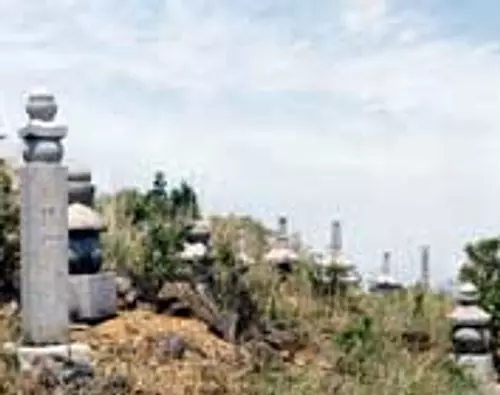
朝熊山経塚群
伊勢志摩
伊勢市金剛證寺背後の芝山にある経塚で石塔28基が立つ。 昭和34年9月、伊勢湾台風が吹き荒れ、多くの樹木がなぎ倒されたが、その荒れ跡から埋経信仰の遺品が見つかった。平安時代。
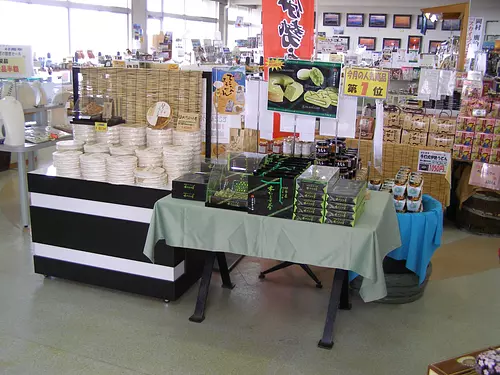
朝熊山頂売店・朝熊茶屋
伊勢志摩
伊勢市伊勢志摩スカイラインの山頂展望台にあり、売店には伊勢志摩の銘菓や名品が揃い、景色を楽しみながらコーヒーをお楽しみいただけます。 朝熊茶屋では、「天空ソフトクリーム」や名物「志摩うどん」など、ドライブの途中ちょっと一息していただけるお休み処です。
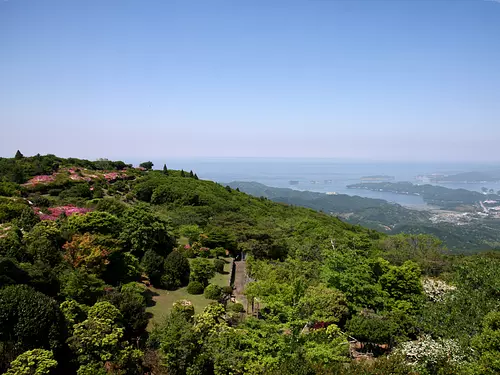
朝熊山
伊勢志摩
伊勢市「お伊勢参らば朝熊をかけよ、朝熊かけねば片参り」と伊勢音頭で唄われているように、参宮を終えた人々は、朝熊山に参詣するのが一般的でした。 標高555mでその山頂には展望台や神宮の鬼門を守る金剛證寺があります。
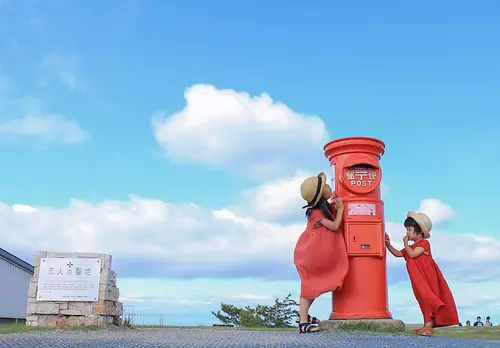
天空のポスト 伊勢志摩スカイライン
伊勢志摩
伊勢市伊勢志摩スカイライン 朝熊頂展望台には昔懐かしいポストがあり、このポストは「天空のポスト」と呼ばれています。 正式名称は「1号丸型ポスト」といい、戦後から昭和30年代にかけて活躍したタイプで、ノスタルジックな佇まいは、自然と景観にとけこみます。 集配業務は日曜日以外、毎日行われており、山頂に立ち寄られた方が売店で切手と葉書をお買い求めいただき、投函されています。 この天空のポストが、NPO法人地域活性化支援センターの「恋人の聖地プロジェクト」より、三重県で3カ所目の恋人の聖地(サテライト)に選定されました。 SNSやメ ールなどではなく、極めて「アナログ」な方法で、「ラブレター」や「結婚報告」、「婚姻届」、「近況報告」などに、天空のポストをぜひ使ってみてください!


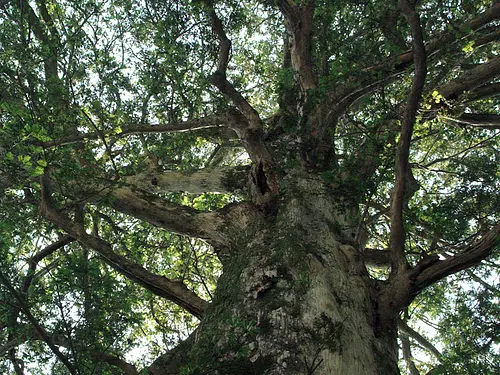
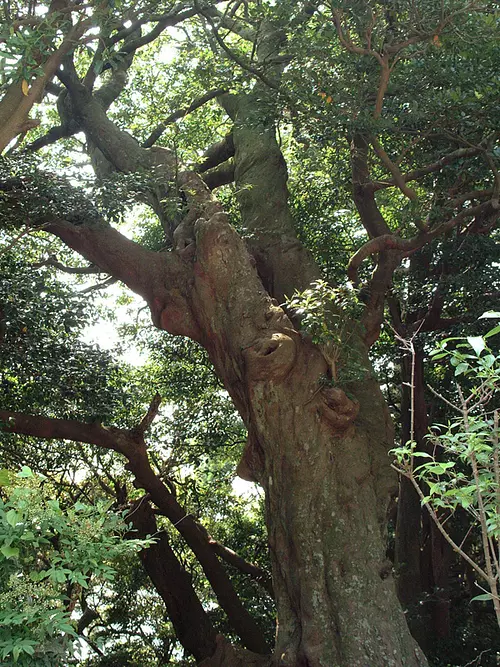
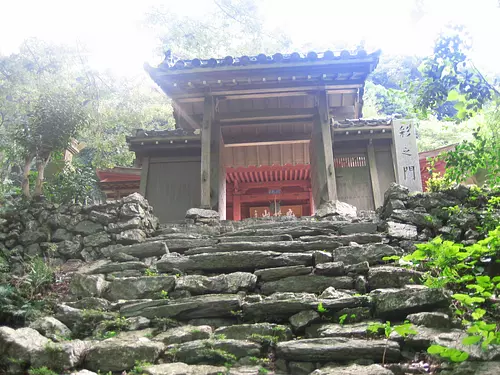
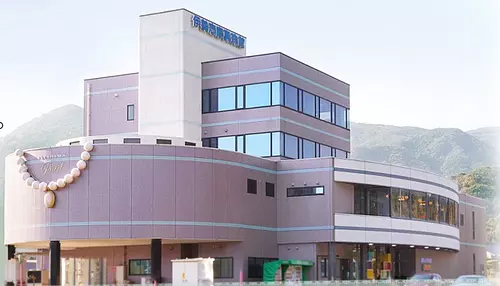
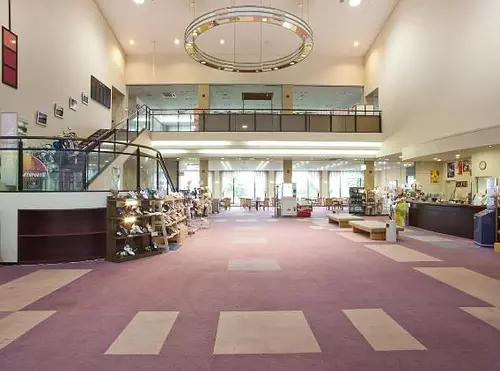
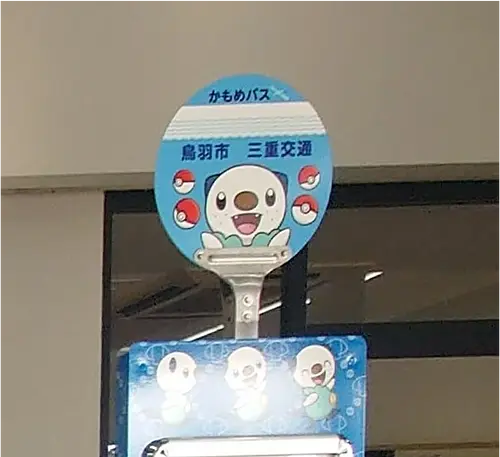
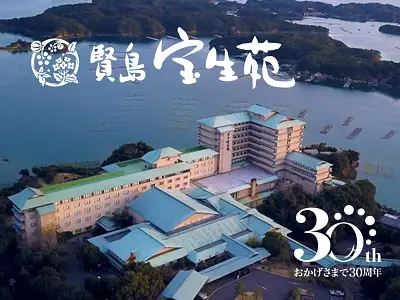
.png)